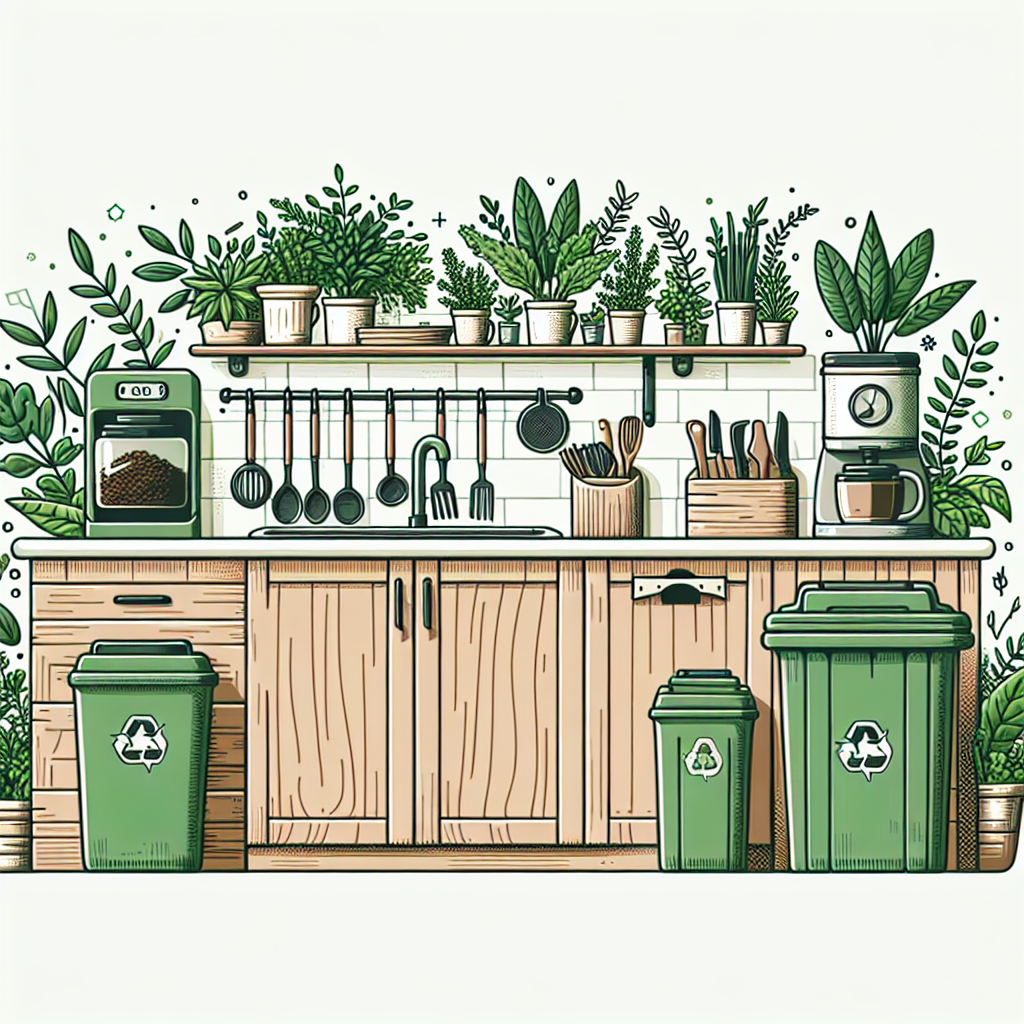Creating a Sustainable Kitchen: How to Reduce Coffee Waste
17th Nov 2024

Creating a Sustainable Kitchen: How to Reduce Coffee Waste
When you think about sustainability in the kitchen, coffee might not be the first thing that comes to mind. However, as we shop sustainably sourced premium coffee from exotic locations, it's essential to consider the entire coffee journey from bean to cup. At [Your Coffee Shop Name], we strive to not only provide you with rich and flavorful coffee but also promote eco-friendly habits that help reduce waste. Here, we share some practical tips on how to reduce coffee waste in your kitchen and make your coffee routine more sustainable.
1. Choose Quality over Quantity
The first step towards reducing coffee waste is to invest in high-quality beans. Our sustainably sourced premium coffees are chosen not just for their flavors but for their eco-friendly practices. By purchasing better coffee, you’ll find that you need less in volume to achieve a satisfying taste, thus minimizing waste. Opt for single-origin or specialty coffees that are ethically sourced and support fair labor practices.
2. Plan Your Brews Wisely
Think about how much coffee you really drink throughout the week. Take time to plan your coffee consumption. Rather than brewing a large pot that might sit unfinished, consider using a French press or pour-over method to brew a single cup or two at a time. This approach not only conserves coffee but also allows you to enjoy the freshest cup possible.
3. Repurpose Used Coffee Grounds
Don’t throw away your used coffee grounds! They can be remarkably versatile. Here are some innovative ways to repurpose them:
- Fertilizer: Coffee grounds can enrich your garden soil with nitrogen. Mix them into your compost pile or sprinkle them directly into plant beds.
- Deodorizer: Keep your refrigerator or freezer smelling fresh by placing a bowl of dry coffee grounds inside.
- Scrub: For those tough cleaning jobs, coffee grounds can act as a natural abrasive, perfect for scrubbing pots and pans.
4. Save Leftover Coffee
If you brew too much coffee, don’t let it go to waste! Cool down leftover coffee and store it in the fridge, then use it for cold brew or as an ice cube for iced coffee. You can also incorporate it into your baking recipes, like brownies or cakes, for an extra flavor punch.
5. Invest in Eco-Friendly Coffee Pods
If you're using a single-serve coffee maker, consider investing in reusable pods instead of disposable ones. There are plenty of brands that offer stainless steel or silicone pods that you can refill with your favorite ground coffee. This drastically reduces the amount of plastic waste generated from single-use pods.
6. Compost Your Coffee Filters
If you’re using paper filters, check to see if they’re compostable. Next time you brew, toss those used filters into your compost bin rather than the trash. For those using metal filters, just rinse them clean and reuse!
7. Embrace Minimalism in Coffee Accessories
Every piece of kitchen equipment has a carbon footprint. Limit the number of appliances you buy by choosing multifunctional tools. For example, a French press not only brews coffee but can also serve as a coffee grinder or even a tea steeping tool.
In Conclusion
Creating a sustainable kitchen might seem daunting, but small, manageable changes can make a significant difference, especially when it comes to coffee. By sourcing your coffee consciously, planning how much you need, and finding creative ways to reuse coffee waste, you can enjoy the rich flavors of our exotic brews with a clear conscience.
At [Your Coffee Shop Name], we believe that every cup of coffee can contribute to a more sustainable future. Join us in our mission to enjoy coffee with a Memphis soul while caring for the planet. Cheers to better brews and a cleaner kitchen!